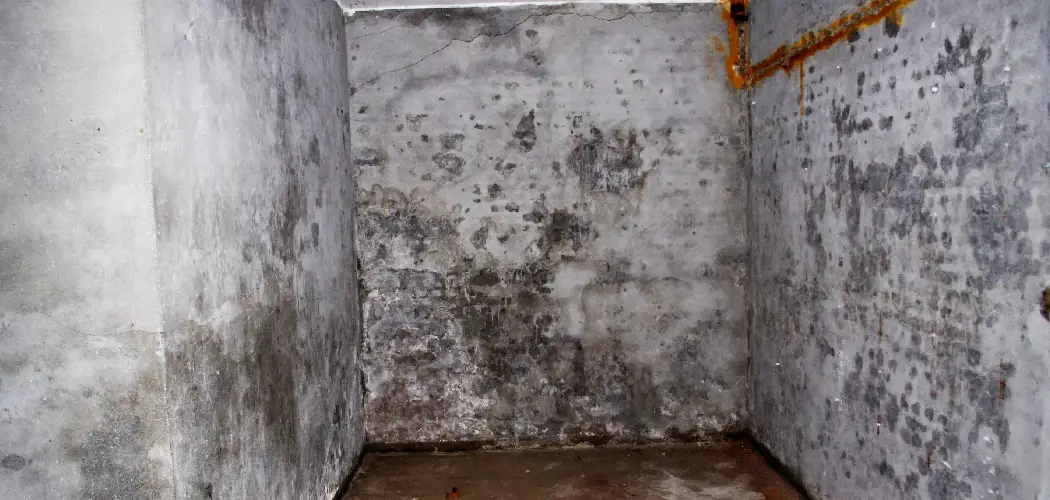Transforming your garage into a storage haven often comes with a common adversary—dampness. The battle against moisture in the garage is a challenge faced by many homeowners, as it can jeopardize the integrity of stored items and even compromise the structure itself.
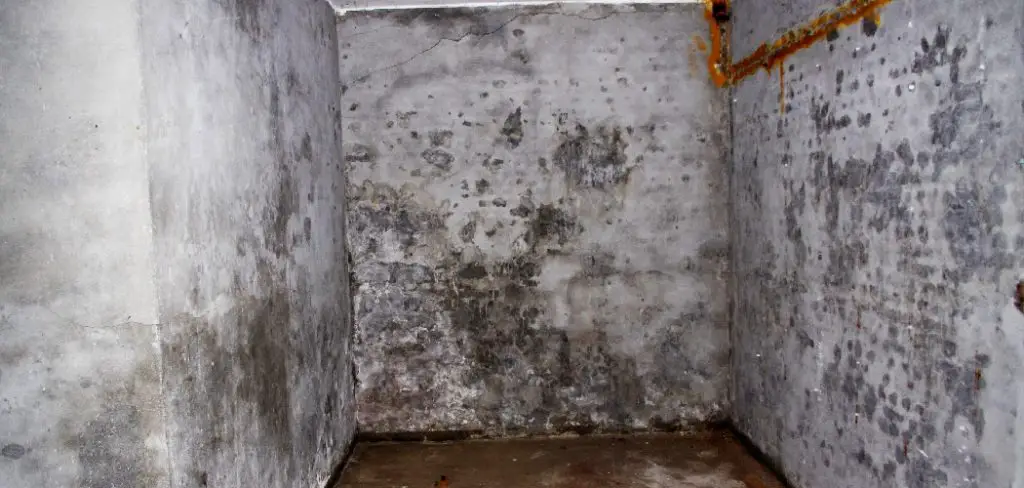
Whether you’re stashing away seasonal gear, tools, or cherished possessions, the last thing you want is to discover dampness wreaking havoc. In this comprehensive guide, we’ll explore effective strategies on how to stop things getting damp in garage.
From identifying potential sources of moisture to implementing practical solutions such as proper ventilation, insulation, and storage techniques, we’ll empower you to reclaim your garage space and protect your belongings from the insidious effects of dampness. Say goodbye to musty odors and damp surprises as we embark on a journey to create a dry and well-maintained garage environment.
Understanding the Potential Consequences of Dampness in Garages
Garages are an essential part of many homes, providing a protected space for vehicles, storage, and even a workshop. However, garages can also be susceptible to dampness, which can cause significant problems if left unchecked. In this section, we will discuss the potential consequences of dampness in garages and why it is essential to take steps to prevent it.
The Hazards of Dampness in Garages
Dampness in garages can lead to a variety of hazards, both for the garage itself and the items stored within. Some potential consequences include:
- Structural Damage: Dampness can cause significant damage to the structure of your garage, including weakening wooden beams and causing cracks in concrete floors or walls. This damage can compromise the integrity of your garage and potentially lead to costly repairs.
- Mold Growth: Dampness provides the ideal environment for mold growth, which can quickly spread throughout your garage and even into your home. Not only is mold unsightly, but it can also cause health issues for you and your family, especially those with allergies or respiratory problems.
- Corrosion: Dampness can also lead to metal items in your garage, such as tools or bicycles, corroding and becoming unusable. This not only results in a waste of money but can also be dangerous if the affected items are essential for tasks like DIY projects.
- Pest Infestations: Many pests, such as termites and cockroaches, thrive in damp environments. If your garage is damp, it can become a breeding ground for these unwanted visitors, leading to infestations that are difficult and costly to eradicate.
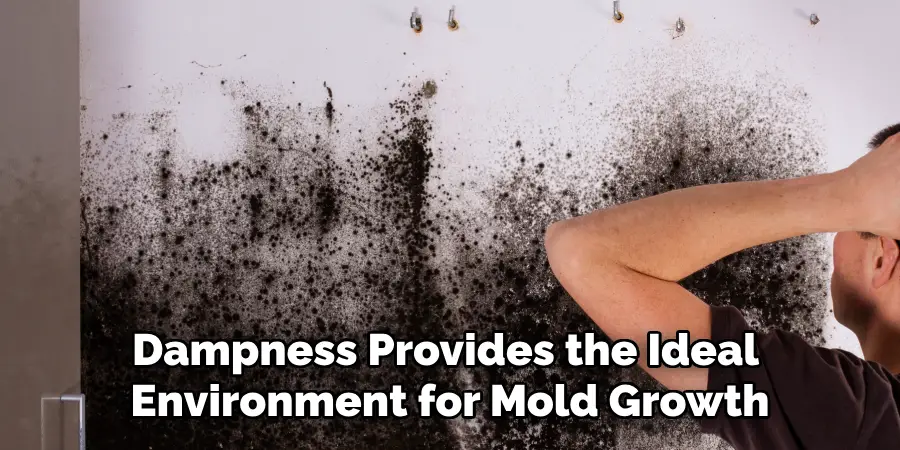
10 Methods How to Stop Things Getting Damp in Garage
1. Install a Dehumidifier
A dehumidifier is a great way to reduce the amount of moisture in your garage. It will draw water out of the air and collect it in a tank, which you can then empty out periodically. This will help to keep the air in your garage dry and prevent things from getting damp.
2. Check for Leaks
Checking for leaks around windows, doors, and other openings is essential if you want to keep things from getting damp in your garage. Look for signs of water damage such as peeling paint or mold growth, and make sure that all seals are intact. If there are any cracks or gaps, use caulk or weatherstripping to seal them up.
3. Use Fans
Using fans can help to circulate the air in your garage and prevent condensation from forming on surfaces. Place fans near windows or doors to help draw in fresh air and push out stale, moist air. This will help to keep the humidity levels low and prevent dampness from accumulating on items stored in the garage.
4. Open Windows & Doors Regularly
Opening windows and doors regularly will allow fresh air into your garage and help to reduce moisture levels inside. If possible, open windows at least once a day for a few minutes to allow fresh air into the space, especially after it rains or snows outside.
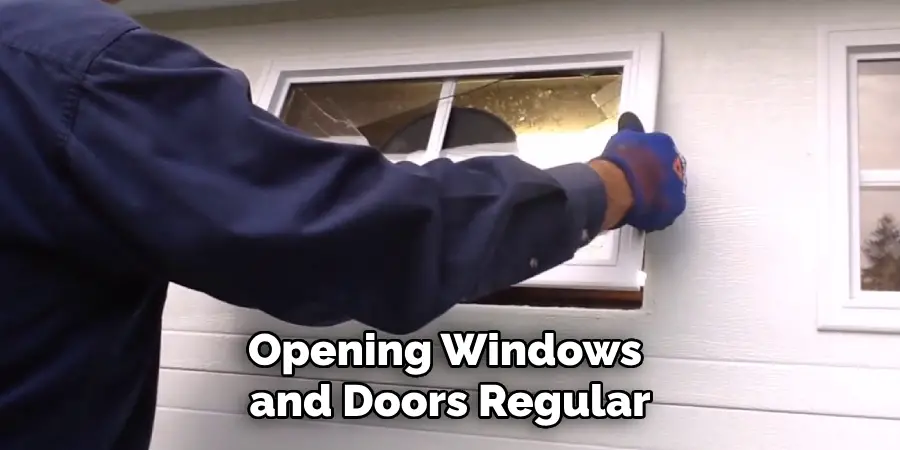
5. Insulate Your Garage Walls & Ceiling
Insulating your walls and ceiling will help to keep warm air inside during the winter months and cool air inside during the summer months, which can help prevent condensation from forming on surfaces inside your garage due to temperature changes throughout the year.
6. Place Desiccant Packs Inside Boxes & Containers
Desiccant packs are small packets filled with silica gel that absorb moisture from the surrounding environment when placed inside boxes or containers that are prone to getting damp due to high humidity levels inside your garage (e.g., toolboxes).
These packets can be purchased online or at home improvement stores for relatively low prices and should be replaced every few months when they become saturated with moisture.
7. Cover Items with Plastic Sheeting
Covering items stored in your garage with plastic sheeting can also help protect them against dampness caused by high humidity levels inside the space (e.g., furniture).
Make sure that you use heavy-duty plastic sheeting that is thick enough so that it won’t tear easily when exposed to moisture over time; otherwise, it won’t do much good!
8. Seal Concrete Floors & Walls
If you have concrete floors or walls in your garage, make sure that they are sealed properly so that moisture doesn’t seep through them into other areas of the space where items may be stored (e.g., shelves).
You can purchase concrete sealers online or at home improvement stores; just make sure that you follow the instructions carefully when applying them so that they last as long as possible!

9. Clean Gutters & Downspouts Regularly
Cleaning gutters and downspouts regularly is essential if you want to keep things from getting damp in your garage since these components play an important role in keeping water away from the foundations and walls of buildings (including garages!).
Make sure that all debris is removed from gutters before rainstorms so that water doesn’t accumulate around walls near entrances into garages; this will help reduce the chances of water seeping through foundation walls into interior spaces of buildings!
10. Utilize Ventilation Systems
Ventilation systems such as exhaust fans are great ways to reduce humidity levels inside garages during hot summer months when temperatures rise outside; these systems work by drawing moist air out of spaces while simultaneously bringing fresh air into spaces via vents located near ceilings/walls/floors/etc.!
Make sure that ventilation systems installed within garages have adequate airflow rates per square foot area so they don’t become overwhelmed by excessive amounts of humid air entering/leaving building structures!
Things to Consider When Trying to Avoid Damping in Your Garage
Garages are often used as storage spaces for items that don’t have a place inside the house. However, garages can also be prone to dampness and moisture buildup, which can lead to mold growth and damage to your belongings. Here are some things to consider when trying to avoid damping in your garage.
Proper Ventilation
One of the main causes of dampness in a garage is poor ventilation. If your garage doesn’t have proper air circulation, moisture can build up and lead to condensation on walls and other surfaces. To avoid this, make sure your garage has enough windows or vents to allow fresh air to enter and stale air to escape.
Insulation
Insulating your garage can also help prevent moisture buildup. This is especially important if your garage is attached to your house, as dampness can easily spread to other areas of the house. Insulation helps regulate the temperature and humidity inside the garage, making it less prone to dampness.
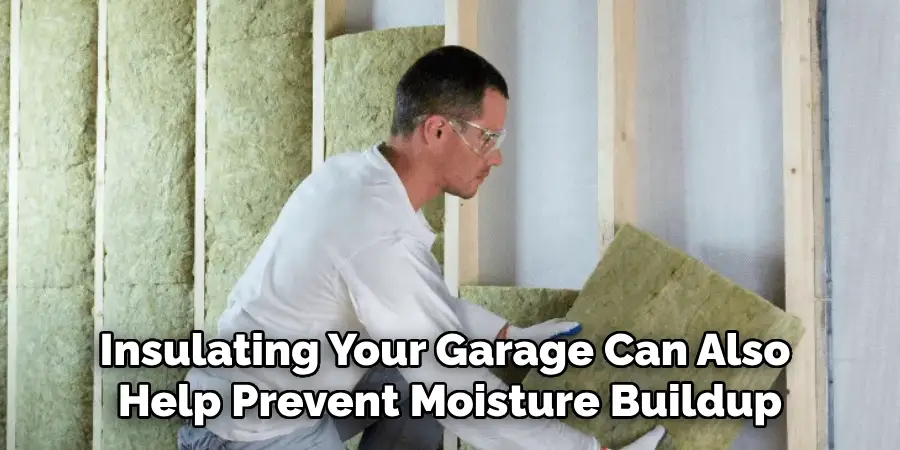
Keep Things Organized
Cluttered garages are more likely to have issues with dampness as items block air circulation and create spaces for moisture to accumulate. Avoid storing items directly on the ground and make use of shelving or storage units to keep things off the floor. This will not only prevent dampness but also make it easier to spot any signs of mold growth.
Regular Cleaning
Regularly cleaning your garage is another way to prevent dampness. Dust and debris can trap moisture, which can lead to mold growth and other issues. Make sure to sweep or vacuum regularly and wipe down any surfaces that may have accumulated dust or dirt.
Address Any Leaks
If you notice any leaks in your garage, it’s important to address them immediately. Even small leaks can lead to dampness and eventually cause damage to your belongings. Check for any cracks or holes in the walls, ceiling, and floor and repair them as soon as possible.
Conclusion
The bottom line is that preventing items from getting damp in your garage takes more than just tossing them wherever and hoping for the best. It’s essential to consider the most practical solutions to ensure the proper circulation of air, protection from rain, and appropriate humidity levels. Additionally, staying on top of regular maintenance and keeping an eye out for any signs of leaks or water damage can save you a lot of headache down the line.
So if you want to keep your belongings safe and dry in your garage, it’s time to take action and make sure everything stays protected! Hopefully, this article gave you some helpful tips about how to stop things getting damp in garage successfully, so now that you have the proper knowledge on how to get the job done, why not give it a try today?

